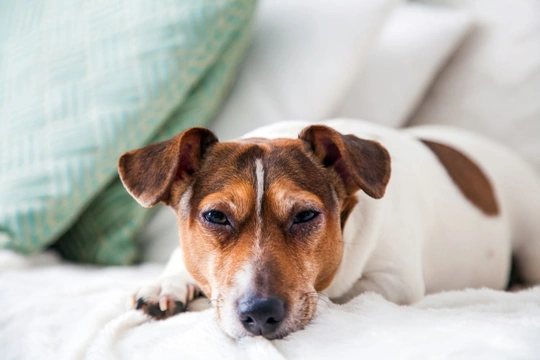
The potential dangers of pet hair in your home
You are on your way out, grab your coat or favourite jumper – you go to put it on and find it covered in your furry friends’ hair. This can be annoying or irritating to have to clear it off before leaving the house, but in some instances, pet hair can also cause illnesses to varying degrees. When you first get your pet, make sure you have plenty of cleaning equipment and products around to ensure keeping your house at its best and don’t be caught out. Even puppies and kittens shed, and sometimes their hair can be worse for allergies or irritations than a fully-grown pet.
Rabbits, guinea pigs and hamsters can also cause the human body problems, but on a lesser scale. Basically, any pet that has fur or hair could potentially cause a risk to your health. If your pet is allowed on beds, sofas or chairs, the problem is accentuated, as hair can just get everywhere!
Don’t forget your car, this is also a vulnerable place for your pet to deposit hair, not just on the fabric seats and carpets, but stuck to windows, the inside of the roof and in the air generally.
What are the potential illnesses?
Firstly, one thing needs to be clear – it is not the actual hair or fur that causes the initial problems, it is the dander in the hair, which is the protein found in skin flakes and in certain excretions such as saliva. However, hair is the main culprit coupled with the skin flakes.
Pets can also bring irritants into the house, such as pollen during the season, or grass seed, which are other potential irritants. Brush off your dog after a walk.
Allergies or skin irritations are the most likely to cause many people to react and can be mild or extremely uncomfortable. There is no specific breed that causes reactions, nor is there any difference between short or long-haired pets. Classic symptoms of pet allergies are:
- Sore or dry throat
- Coughing or wheezing
- Itchy or red eyes, or both
- Scratching, particularly around the neck and hands (most likely places pets will nuzzle)
- Repetitive sneezing
Itchy skin on any part of the body can create a form of dermatitis, and in some cases, a recipient can also break out in hives, (technical name ‘urticaria’) which can be irritable or even painful if the skin has red and swollen lumps and starts to weep, usually due to scratching. People with low immune systems are more likely to suffer these symptoms. If you frequently experience these breakouts, it would be wise to have a skin allergy test to determine what is the specific cause and not instantly blame your pet.
If you are asthmatic, you are more at risk of exacerbating your condition if you don’t keep your house as free of pet hair as possible. Breathing could become a serious problem, and just as in hay fever, histamine is released as your immune system over-reacts to the allergens. The degree of reaction is dependent upon you as a person and may not occur for several days after you have been in contact with either your pet, or others. Reactions can occur at any time, even if you have never experienced them before – they just happen differently in people.
Be aware that if you have a new baby or small child, pet hair can cause respiratory problems for their young lungs and irritation to their soft skin, so just be vigilant.
In worse cases, pet hair can be responsible for causing severe irritation in the airwaves with bronchitis as the result. This should clear up once it has run its course, but if you are experiencing severe breathing difficulties, do consult your family doctor.
Minimising the risk
The most obvious way is to keep your home scrupulously clean, which we know is not easy if you have a hectic schedule – but do your very best.
It starts with very regular grooming of your pet which you of course can do, but outside the house! If your pet is shedding, try to get him or her professionally groomed, rather than do it yourself – leave the pet hair at the groomers! When you do groom your pet, have a box of ‘tricks’ that make hair removal from your furniture much easier. This can include rubber gloves or dry sponges to collect the hair in balls, or micro fibre cloths which are equally as good. Velcro lint brushes are also very effective, particularly on clothes. For carpets, old tennis shoes or trainers are great to scrape up the first lot of stray hair.
Another favourite tip is to use hair rollers – the kind that are the old-fashioned gripping type which remove pet hairs from your clothing or small pieces of furniture.
Once you have removed much of the surface hair, get your vacuum cleaner out and thoroughly clean your carpets.
Any dog bedding, towels or throws should be washed at the very least, once a week. After washing, use the rinse and spin cycle on your machine to remove as much excess hair as possible – and do wipe around the rim of the drum where it will collect.
Always use 100% disinfectant cleaners for your tiled floors, to clean off any other bacteria. They should be pet safe products.
Using medications
If you are trying everything to keep pet hair to a minimum and still suffering, it is time to consult your doctor, who in the first instance will probably recommend OTC’s (over the counter) solutions. Medicines such as antihistamines, nasal sprays and in worst case scenarios, some will prescribe steroidal sprays, which are not available OTC. Any prescribed medicine will only be probably be recommended once you have had skin tests or blood tests, although these tests are not necessarily conclusive.



